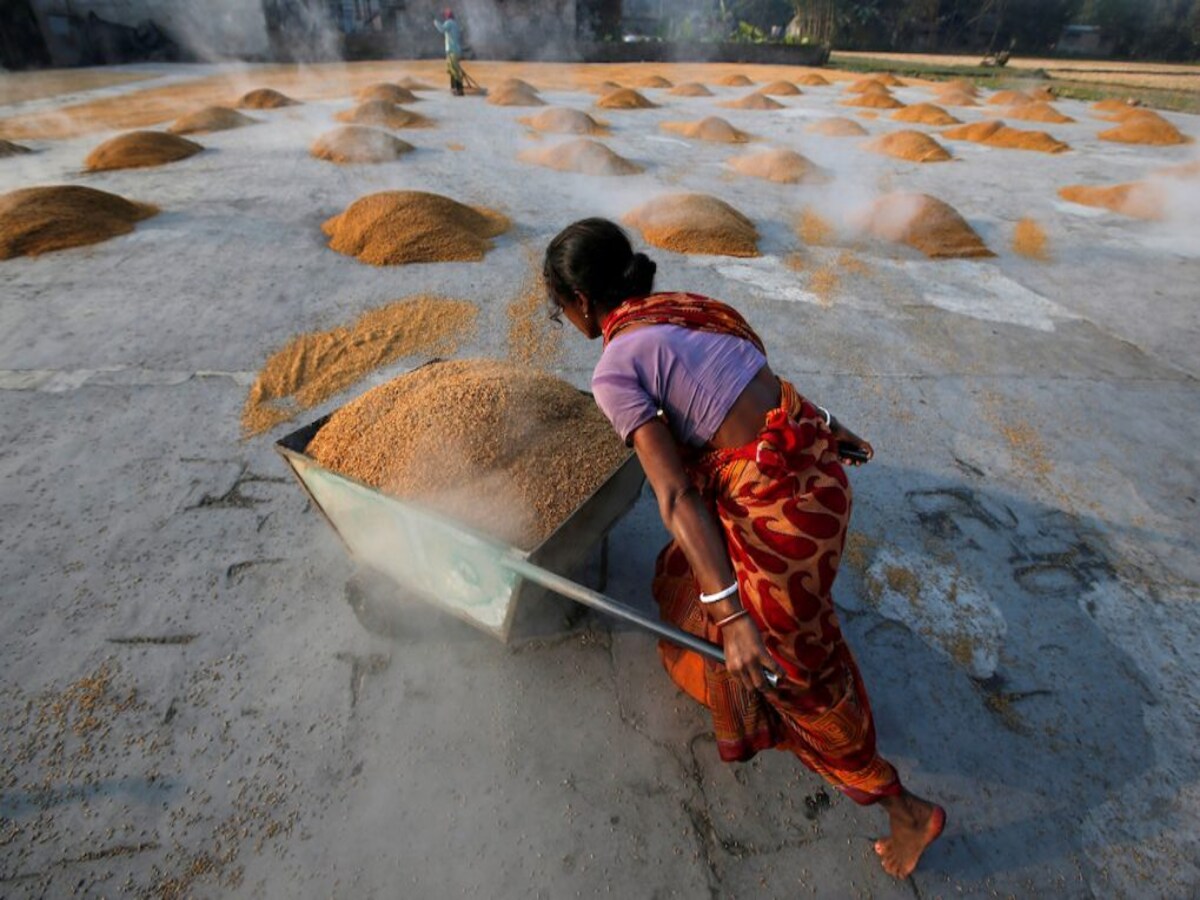India’s Basmati Rice Exports in Jeopardy as MEP Causes Disruption 2023

India’s Basmati Rice Exports in Jeopardy as MEP Causes Disruption 2023
India has long been known as the land of Basmati rice, producing some of the world’s finest and most aromatic rice varieties.
However, in recent years, the Indian Basmati rice export industry has faced significant challenges, with the imposition of a Minimum Export Price (MEP) being a major disruptor.
The impact of MEP on India’s Basmati rice exports and the subsequent decline in market share.

Basmati rice is renowned for its long, slender grains, delicate aroma, and exquisite taste. It has been a staple in Indian cuisine for centuries and has gained immense popularity worldwide. India is one of the largest producers and exporters of Basmati rice globally.
Basmati rice exports play a crucial role in India’s agricultural economy. They not only generate significant revenue for the country but also support millions of farmers who cultivate this prized rice variety.
For years, India has been the preferred source for Basmati rice for consumers across the globe, including the Middle East, Europe, and North America.
In an attempt to stabilize domestic rice prices and protect the interests of Indian consumers, the Indian government introduced a Minimum Export Price (MEP) mechanism in 2007. MEP is the minimum price at which Basmati rice can be exported, as determined by the government.
This policy was implemented with the objective of curbing the export of Basmati rice at prices lower than the domestic market, thereby ensuring a consistent supply and reasonable prices for Indian consumers.

While MEP may have had good intentions, it has had several adverse effects on India’s Basmati rice exports:
1.Reduced Competitiveness:The imposition of MEP has made Indian Basmati rice less competitive in the global market. This has allowed rival rice-producing nations, such as Pakistan and Thailand, to gain a competitive advantage.
2.Loss of Market Share:India’s Basmati rice exports have suffered a significant decline in market share. As a result, India has lost its position as the world’s largest Basmati rice exporter to Pakistan, which has steadily increased its exports by offering more competitive prices.
3.Decreased Profit Margins:MEP has compressed profit margins for Indian rice exporters, making it difficult for them to invest in quality improvement and innovation. This has hampered the long-term sustainability and growth of the industry.
4.Decline in Farmer Income: The MEP policy has also negatively impacted Basmati rice farmers, who have seen their incomes decline due to reduced export opportunities and lower prices for their produce.
The government should revisit and reform the MEP policy to strike a balance between protecting domestic consumers and promoting exports. A more flexible and market-driven pricing mechanism could be explored.
Investment in research and development to enhance the quality and yield of Basmati rice can help India maintain its reputation for producing premium rice varieties.

India should invest in promoting the Basmati rice brand globally. Creating awareness about the unique qualities and flavors of Indian Basmati rice can help capture higher-value markets.
Bilateral trade agreements and negotiations can open up new markets for Indian Basmati rice, reducing dependence on a few traditional markets.
The imposition of Minimum Export Price (MEP) has significantly disrupted India’s Basmati rice exports, causing a decline in market share and competitiveness.
To rejuvenate the industry and protect the interests of both farmers and exporters, the government must revisit its policies, invest in research and development, and focus on marketing and branding.

By taking these steps, India can regain its position as the leading exporter of premium Basmati rice and continue to delight consumers worldwide with its aromatic grains.




